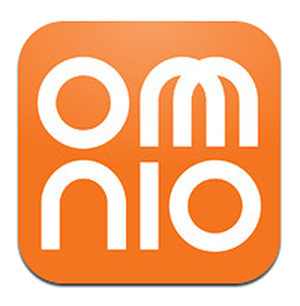Portrait vs landscape may not seem like a big deal, but according to Gautam Gulati, chief medical officer and head of product innovation for Physicians Interactive, being able to offer only vertically-oriented content has been the difference between getting a four-star rating for the months-old Omnio app instead of five.
“I had no idea it would we would get that kind of backlash,” he tells MM&M, but notes that version 2.0, which will surface in late August or early September, will correct this oversight. In addition to allowing docs to choose the configuration in which they want to read their content, the refreshed version will also include new features the CMO says will make the app a more robust offering for HCPs.
For now, however, Gulati says the app continues to stand out in the aggregated info space because Omnio serves as a repository for a user’s information stream, instead of being an app that funnels information outwards based on a predetermined set of source materials. In other words, it’s an RSS feed of apps: users can essentially load a library of apps into Omnio and determine what apps appear in what order when they enter the app, much like a user can customize a Google homepage.
Gulati says the app’s open-loop nature is what makes it distinct from services like AthenaHealth’s ePocrates and Medscape, services he says are really good at what they do, but limited in terms of the information streams they offer. Gulati says the open structure means any third party—including ePocrates and MedScape—can plug their content into Omnio. Although a 2.0 version is in the making the company expanded its content reach June 11 when its deal with Docwise launched. The June push expanded Omnio’s user library to include a journal two-step in which users can scan abstracts. If readers have publication subscriptions, they can take a closer look and access the underlying research without leaving Omnio.
The app’s points of differentiation also include a combination of social media and desk-based capabilities. In addition to serving as an information funnel, Omnio also lets users tag this information to create what amounts to files, allowing them to create libraries of information on a given topic. Readers can annotate content and share information using email, Twitter or Facebook. Gulati says that ultimately—as in possibly by Q4—users will be able to convert these files into publicly available pages.
This version of information sharing is along the lines of Flipboard or Pinterest, in that the pages double as a personal magazine other readers can check out. Gulati envisions this capability as being used by attending physicians treating their public folders like reading lists for grand rounds and sharing resources they consider important on a wider scale. The go-public feature will become available once the number of pages hit a critical mass, but users will be able to begin building pages during the third quarter.
Promotion currently includes reaching out to the matrix of Physicians Interactive users, and pickup has been such that “all of our trend arrows are moving in the right direction.” While the second version has yet to launch, Gulati said plans for the third iteration are already in place, and he foresees that app becoming a full-service communications tool that will allow physicians to ultimately do everything from this one touchpoint, from research and communications to using electronic health records.







